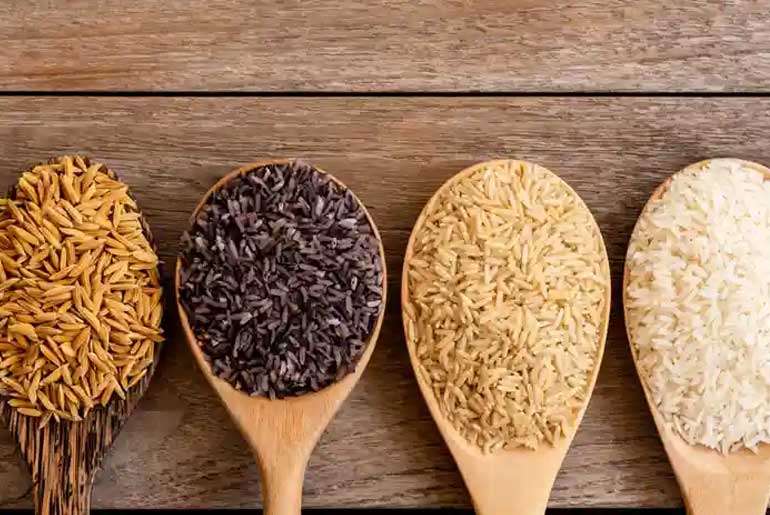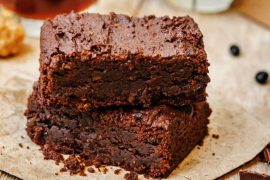The relationship between diabetes and rice is nuanced, as rice is a significant source of carbohydrates, which can affect blood sugar levels. While white rice, with its high glycemic index, may pose challenges for individuals managing diabetes due to its potential to cause rapid spikes in blood sugar levels, whole grain varieties like brown rice offer more fiber and nutrients, resulting in a slower and more gradual increase in blood sugar levels. Parboiled rice, retaining more nutrients and having a lower glycemic index compared to white rice, can also be a suitable option for individuals with diabetes.
However, portion control and overall dietary balance are crucial for managing blood sugar levels effectively while incorporating rice into a diabetes-friendly diet. Working with healthcare professionals or registered dietitians to determine appropriate portion sizes and meal planning strategies can help individuals with diabetes enjoy rice as part of a balanced diet while maintaining optimal blood sugar control.
- Brown Rice: Brown rice is a whole grain rice that retains its bran and germ layers, providing more fiber and nutrients compared to white rice. Its higher fiber content can help regulate blood sugar levels. Nutty and fiber-packed, with a low GI of 50, making it suitable for people with diabetes as it helps prevent sugar spikes. It also aids in satiety and curbing hunger pangs.
- White Rice: White rice has been processed, removing its bran and germ layers, which also removes most of its fiber and nutrients. It has a higher GI and may cause rapid increases in blood sugar levels. Versatile and quick-cooking, but with a higher GI of 72, making it less suitable for people with diabetes as it may cause sugar spikes. However, it can be used in a variety of dishes.
- Wild Rice: Despite its name, wild rice is technically a grass seed. It contains more protein and fiber than white rice, which can help stabilize blood sugar levels and promote satiety. Chewy and protein-rich, with a low GI of 45, making it excellent for adding to salads and soups.
- Red Rice: Red rice contains more antioxidants and fiber than white rice. Its lower GI may help prevent rapid spikes in blood sugar levels. Antioxidant-rich and fiber-loaded, with a medium GI of 55, adding both color and health benefits to meals.
- Basmati Rice: Basmati rice has a lower glycemic index (GI) compared to other types of rice, meaning it may cause a slower and more gradual increase in blood sugar levels after consumption. Fragrant and delicious, with a low to medium GI ranging from 50 to 58. Ideal for dishes like biryanis and pilafs.
- Jasmine Rice: Jasmine rice has a medium GI, falling between white and brown rice. It may cause a moderate increase in blood sugar levels compared to white rice. With a floral aroma and a higher GI of 68, it’s best enjoyed in moderation due to its higher glycemic index.
- Arborio Rice: Arborio rice is commonly used in risotto dishes. It has a higher GI compared to other types of rice, potentially leading to quicker spikes in blood sugar levels. Starchy and medium GI of 69, essential for creamy risottos.
- Black Rice: Also known as forbidden rice, black rice is rich in antioxidants and fiber. Its anthocyanin content gives it a deep purple color and may offer potential health benefits, including blood sugar regulation. Antioxidant-rich, with a low to medium GI of 42-45. Suitable for both desserts and savory dishes.
- Parboiled Rice: Parboiled rice is indeed a nutrient-retaining option with a low glycemic index (GI) of 38, making it an excellent choice for pilafs, side dishes, and other culinary creations. The parboiling process involves soaking, steaming, and drying the rice before milling, which helps retain more nutrients compared to traditional white rice.
Each type of rice offers unique flavors, textures, and nutritional profiles, allowing for a diverse range of culinary options to suit different preferences and dietary needs.
Disclaimer:
The information contained in this article is for educational and informational purposes only and is not intended as a health advice. We would ask you to consult a qualified professional or medical expert to gain additional knowledge before you choose to consume any product or perform any exercise.







